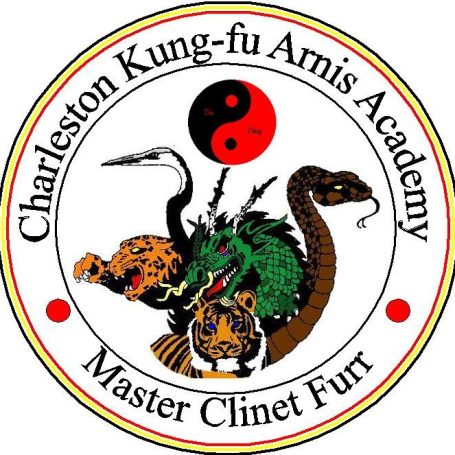
Kungfu
Ancient art means "excellence by experience"
Shaolin Kung Fu: This is perhaps the most famous aspect of Shaolin tradition. Shaolin monks developed their unique style of martial arts as a means of self-defense, physical exercise, and spiritual cultivation. The movements are often graceful yet powerful, emphasizing balance, agility, and strength.
Buddhist Influence: Shaolin tradition is closely intertwined with Buddhism. The Shaolin Temple, located in Henan Province, China, was founded in the 5th century by the Indian monk Bodhidharma, who brought Zen Buddhism to China. Meditation and Buddhist teachings are central to the training of Shaolin monks.
Qigong and Internal Training: In addition to external martial arts training, Shaolin monks also practice qigong (pronounced "chee-gong"), which involves breathing exercises, meditation, and movements designed to cultivate and balance the body's internal energy (qi or chi).
Cultural Heritage: Shaolin tradition encompasses not only martial arts and spirituality but also a rich cultural heritage. This includes calligraphy, poetry, traditional Chinese medicine, and various forms of artistic expression.
Discipline and Respect: Shaolin training emphasizes discipline, respect for one's teachers and fellow practitioners, and humility. Students undergo rigorous physical and mental training to develop their skills and character.
Weaponry: Shaolin martial arts encompass a wide array of traditional Chinese weapons, including staffs, swords, spears, and many others. Training with these weapons requires precision, coordination, and mastery of techniques.
Legendary Stories and Folklore: Over the centuries, Shaolin tradition has become surrounded by numerous legendary stories and folklore, often depicting the incredible feats of Shaolin monks in both combat and spiritual endeavors.
Community and Brotherhood: Shaolin practitioners often form close-knit communities, supporting each other in their training and spiritual journeys. The bond between disciples and their masters is particularly strong, with the master serving as a guide and mentor.
These traditions have been passed down through generations, evolving and adapting over time while still retaining their core principles and values.
©Copyright. All rights reserved.
We need your consent to load the translations
We use a third-party service to translate the website content that may collect data about your activity. Please review the details in the privacy policy and accept the service to view the translations.
